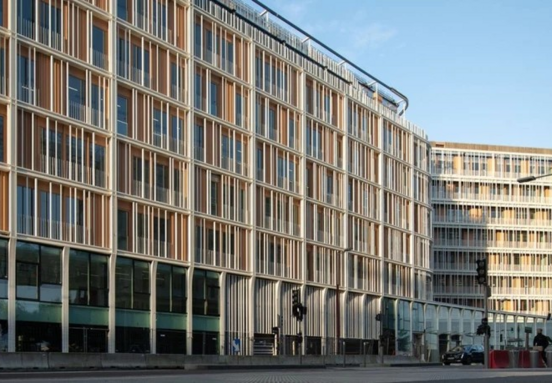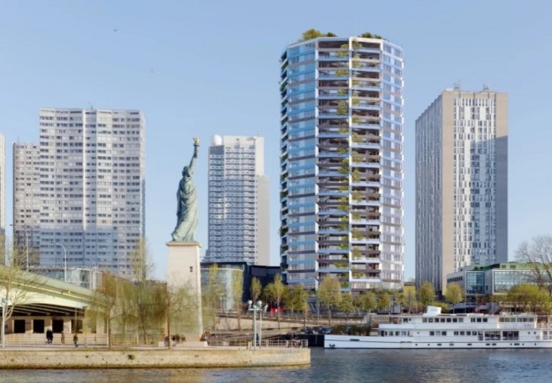Stress Reduction: Well-designed offices can help lower employees’ stress levels. Organized and uncluttered workspaces, along with soft and calming colors, can help reduce anxiety and stress.
Increased Productivity: Office design that focuses on mental health can also boost productivity. Well-lit workspaces with proper ventilation and appropriate acoustics can enhance employees’ creativity and concentration.
Improved Quality of Life: Mental health–oriented office design can improve employees’ overall well-being. Bright, comfortable workspaces and designated areas for rest and relaxation can help employees feel more at ease and happier at work.
Reduced Absenteeism: Employees who feel comfortable in their work environment are less likely to take sick leave. A mental health–focused office design can help lower absenteeism rates, positively impacting the company’s productivity.
Employee Retention: Companies that prioritize mental health in office design can also improve employee retention. Workers who feel good in their work environment are more likely to remain loyal to their employer.
Conclusion: Office design that supports mental health can offer significant benefits for both employees and businesses. Thoughtfully designed work environments can help reduce stress and anxiety, increase productivity, enhance quality of life, decrease absenteeism, and foster employee loyalty. Companies that prioritize mental well-being in their office layout can enjoy a happier, more productive, and more committed workforce.







